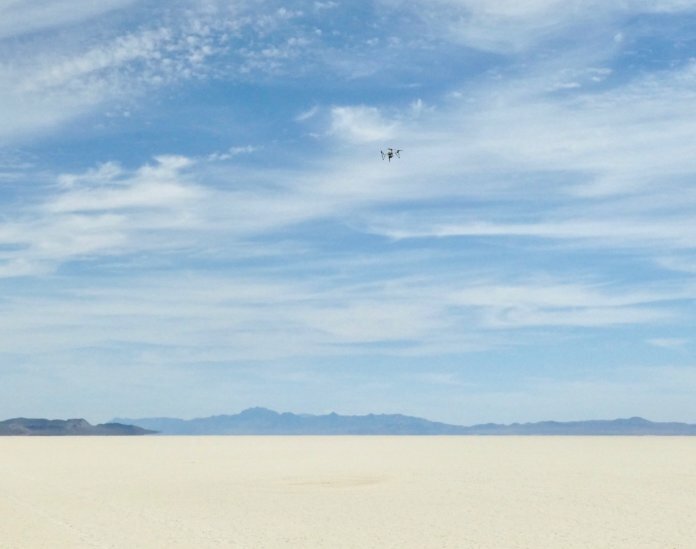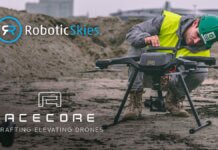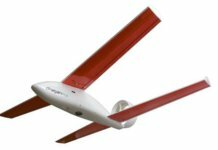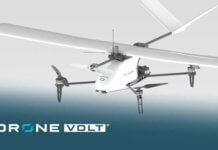Impossible Aerospace’s US-1 quadcopter recently achieved a milestone of crossing the Black Rock Desert in Nevada on a single charge.
The drone completed the 72-minute operation on Aug. 6. The aircraft used for the flight was an unmodified-production US-1, carrying both a FLIR Duo Pro R camera and HD video transmitter. With and against the prevailing winds, the US-1 flew distances of 29 and 21 miles, respectively.
“The US-1 is the first major breakthrough in drone performance since the introduction of the quadcopter,” says Spencer Gore, CEO of Impossible Aerospace. “More importantly, it is the first battery-electric aircraft to rival the performance of a conventionally powered system.”
The US-1 uses propellers instead of wings to fight gravity, which requires more energy per mile but allows the aircraft to hover in place, the company explains.
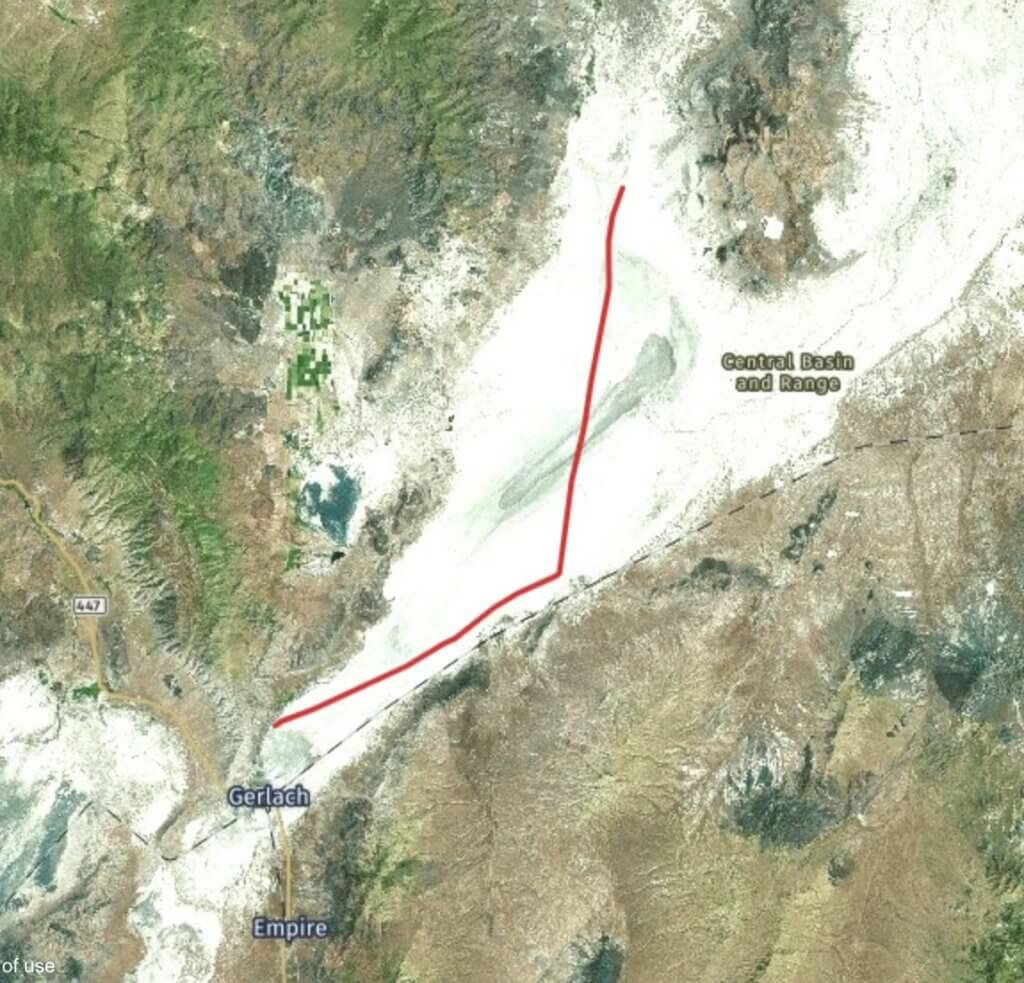
According to the company, the flight was planned to avoid operations over people, protected wilderness areas and preparations for the annual Burning Man celebration. It was conducted under 14 CFR 107.25, with the pilot operating as a passenger of a moving vehicle over a sparsely populated area and maintaining visual line of sight with the aircraft.
“The ultimate vision of Impossible Aerospace is to build long-range electric aircraft that carry goods and people around the world, emissions-free,” says Gore. “But electrification changes literally everything about an aircraft, and many of these changes will take years to prove safe enough for passenger transport. In the meantime, we believe it’s prudent to push the envelope of electric aircraft using unmanned aircraft and to advance drone regulations by piloting use cases that save lives.”
Impossible Aerospace designs, engineers, assembles and services the US-1 from its Santa Clara, Calif., factory.






